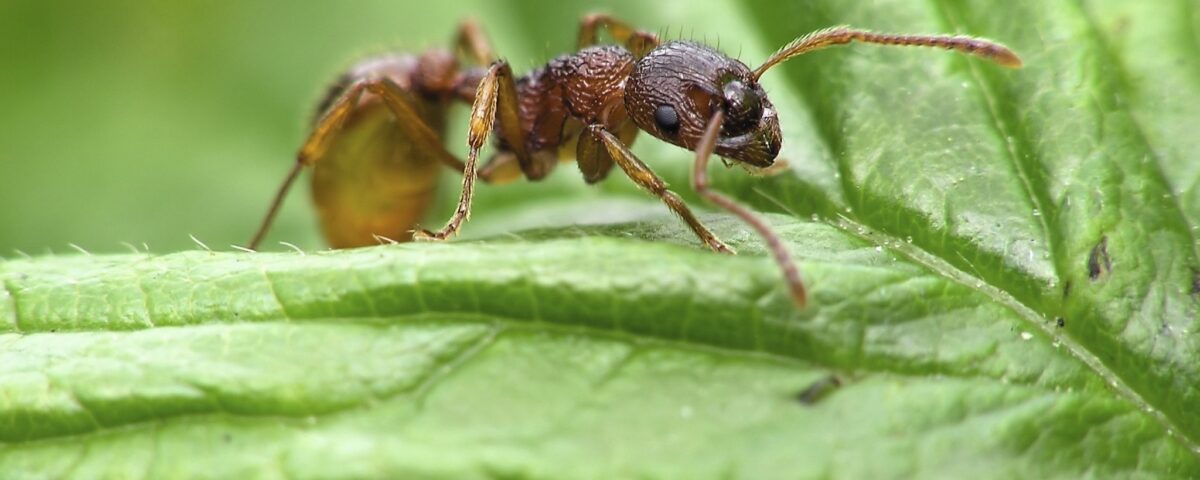
Unusual Ways to Achieve Deficit Reduction
April 8, 2014
Why Would the Nigerian GDP Double Overnight?
April 10, 2014The woodland salamander made me think of Adam Smith.
In North American forests, wherever it is dark and damp, under a rock or a log, a very hungry salamander could be devouring her daily diet. Eating 20 ants, 2 flies or beetle larvae, and maybe a half of a springtail, she can be called a voracious predator.

From: US Forest Research Station, March 11, 2014.
Although the woodland salamander is only several inches long and weighs less than an ounce, she might have the ability to save the world. The reason is that she primarily eats “shredding invertebrates.” Because the bugs that are shredding invertebrates decimate and then consume teeny bits of leaves, they unsettle the forest leaf litter that might have remained covered by wet debris and then reabsorbed into the soil. Unsettled, the litter with its high carbon content enters the atmosphere as does some methane. The shredding vertebrate could be a big source of carbon emissions.
Here is where the salamander comes to the rescue. Almost all of their prey are “shredding invertebrates.” Researchers in one study have now hypothesized that the more bugs salamanders consume, the lower the level of greenhouse gases. And according to a recent study, based on a small scale reproduction of the phenomenon with a control group, the impact could be considerable because there are lots of woodland salamanders.
Observing the dynamics of a market system during the mid-18th century, Adam Smith explained how participants naturally and productively interact. So too with salamanders and their eco-system.
And finally, 2014 is the year of the salamander.
Sources and Resources: Providing abundant and interesting detail, a NY Times article summarized recent salamander research. If though, you would enjoy seeing the research on which the article is based, I recommend this Welsh/Best paper and the USDA forest service blog.
![econlifelogotrademarkedwebsitelogo[1]](/wp-content/uploads/2024/05/econlifelogotrademarkedwebsitelogo1.png#100878)




